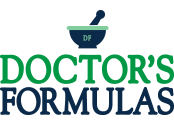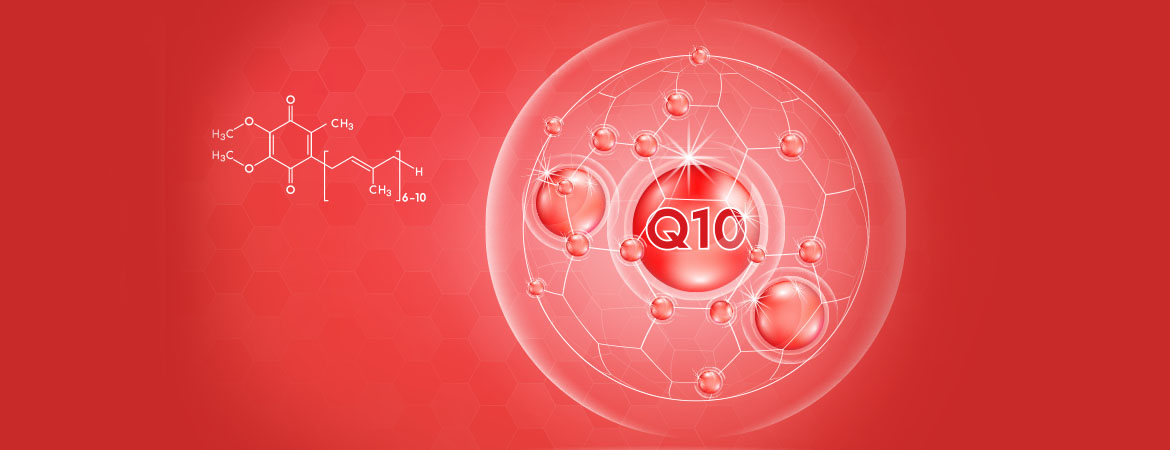Coenzyme Q10 & Infertility
Coenzyme Q10 Improves Sperm Parameters, Oxidative Stress Markers and Sperm DNA Fragmentation in Infertile Patients with Idiopathic Oligoasthenozoospermia
World Health Organization (WHO) defines infertility as the inability to conceive after at least 12 months of regular unprotected sexual intercourse. According to WHO, about 60 to 80 million couples suffer from infertility globally. Men are found to be solely responsible for 20% to 30% of infertility cases and contribute to 50% of cases overall. Male infertility could be attributed to varicocele, genital infections, developmental abnormalities, endocrine disruptions, genetic, immunological, and systemic diseases as well as environmental factors.
In approximately 30% of male infertility cases, the underlying causes are unknown (idiopathic infertility). One of the factors that have been proven to cause idiopathic male infertility is oxidative stress (OS) which is a key responsible factor for causing about 30% to 80% of men subfertility.
Oxidative Stress [OS] occurs due to the exhaustion of seminal antioxidant capacity caused by an imbalance between pro-oxidants and antioxidants in the seminal plasma.
Reactive oxygen species (ROS) are required for certain physiological processes such as sperm capacitation, acrosome reaction, and fertilization. However, excessive generation of ROS can damage sperm plasma membrane by lipid peroxidation and can also cause sperm DNA fragmentation (SDF). This may decrease sperm membrane fluidity, affecting sperm motility, vitality and ultimately resulting in the altered fertilizing potential of sperm.
Oligoasthenozoospermia (OA) is defined as sperm concentration lower than 15 million per mL and sperm progressive motility and total motility lower than 32% and 40% respectively according to WHO 2010 guidelines. It has been reported that in approximately one-third of infertile patients the cause of OA is unknown and, therefore, it is called idiopathic OA.
One of the mechanisms proposed for idiopathic OA is SDF. The increased OS causes DNA nicks and breaks that need repair. The faulty repair of the DNA owing to decreased protamination can result in DNA damage. Other factors that can lead to sperm DNA damage are replication errors, ionized radiations, activation of endogenous endonucleases and caspases, exposure to environmental toxins, and ultraviolet (UV) rays. DNA fragmentation is an irreversible process that can alter sperm function leading to infertility and several tests have been established for detecting SDF.
CoQ10 deficiency can lead to sperm damage, lower sperm motility, and sperm count. Studies have shown that supplementation with CoQ10 can improve reproductive outcomes in men with fertility problems. In addition, seminal fluid CoQ10 concentrations correlate positively with sperm motility and count. Accordingly, patients who have been treated with CoQ10 have a significantly higher sperm count and a better sperm morphology compared with those who did not receive CoQ10.
On the other hand, endogenous antioxidants, such as catalase (CAT), glutathione peroxidase (GPx), and superoxide dismutase (SOD), normally maintain the scavenging potential in the seminal fluid and gonads. However, studies reporting the impacts of CoQ10 in the treatment of idiopathic OA are scanty. Therefore, the aim of this study was to evaluate the effects of CoQ10 (200 mg/d) therapy on conventional sperm parameters, OS markers, and SDF in infertile patients with idiopathic OA.
Purpose
Oxidative stress and sperm DNA fragmentation (SDF) are potential contributing factors for idiopathic male infertility. Coenzyme Q10 (CoQ10) has been reported to be effective in the treatment of idiopathic male infertility, in general, owing to its antioxidant properties. Thus, the present study intends to investigate the effects of CoQ10 therapy on semen parameters, oxidative stress markers, and SDF in infertile men, specifically with idiopathic oligoasthenozoospermia (OA).
Materials and Methods
In this case-control study, sixty-five infertile patients with idiopathic OA and forty fertile men (control) were included. All participants underwent semen analysis based on the World Health Organization guidelines (5th edition, 2010). Patients received CoQ10 at the dose of 200 mg/d orally for three months. Seminal plasma CoQ10, total antioxidant capacity (TAC), total reactive oxygen species (ROS), glutathione peroxidase (GPx), and SDF levels were measured in controls (baseline) and infertile patients pre-and-post-CoQ10 treatment.
Results
CoQ10 treatment for three months significantly improved sperm concentration (p<0.05), progressive motility (p<0.05), total motility (p<0.01), seminal fluid CoQ10 concentration (p<0.001), TAC (p<0.001), and GPx (p<0.001) levels in infertile men with OA. Further, ROS level (p<0.05) and SDF percentage (p<0.001) were reduced in OA patients as compared to the baseline. CoQ10 levels also correlated positively with sperm concentration (r=0.48, p=0.01) and total motility (r=0.59, p=0.003) while a negative correlation was recorded between SDF and sperm motility (r=−0.54, p=0.006).
Conclusions
CoQ10 supplementation for three months could improve semen parameters, oxidative stress markers and reduce SDF in infertile men with idiopathic OA.
Story Source:
World J Men's Health. 2021 Apr;39(2):346-351. English. Coenzyme Q10 Improves Sperm Parameters, Oxidative Stress Markers and Sperm DNA Fragmentation in Infertile Patients with Idiopathic Oligoasthenozoospermia Published online Jan 20, 2020.https://doi.org/10.5534/wjmh.190145 Copyright © 2021 Korean Society for Sexual Medicine and Andrology

